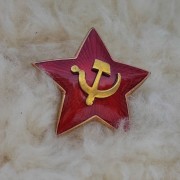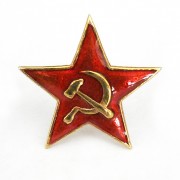Description
The original bakelite (bakelite, carbolite is early plastic) case for placing in it a form with data about a soldier of the Red Army. It is also called "the soldier's medallion" or "death medallion". The capsule of a bakelite case consists of a body and a threaded cover.
This medallion is brand new, kept in an army warehouse and never personally belonged to a soldier. Often such medallions are found next to the dead soldiers in the forest or field. Ours weren't taken out of the battlefield, which is quite rare and good.
Price for an empty case.
Other items that can be seen in the photo are for color and size purposes only and are not included in the price of this item but are sold as separate items on our website. We do not fill out documents to order.
Historical reference.
In the Russian Imperial Army each soldier was given metal tokens to wear around his neck before being sent to the front.
Medallions with a paper were inside introduced in 1925. Medallion had the shape of a box with an enclosed leaflet with information about the soldier.
Later, the shape of the storage case was modified and was a six or octagonal cylindrical case. The material from which the medallion was made also underwent changes. There were also non-statutory wooden and metal cases, then materials like plastic began to be used.
In March 1941, the "Regulations on the personal registration of losses and burial of the dead personnel of the Red Army in wartime" introduced a new type of medallion.
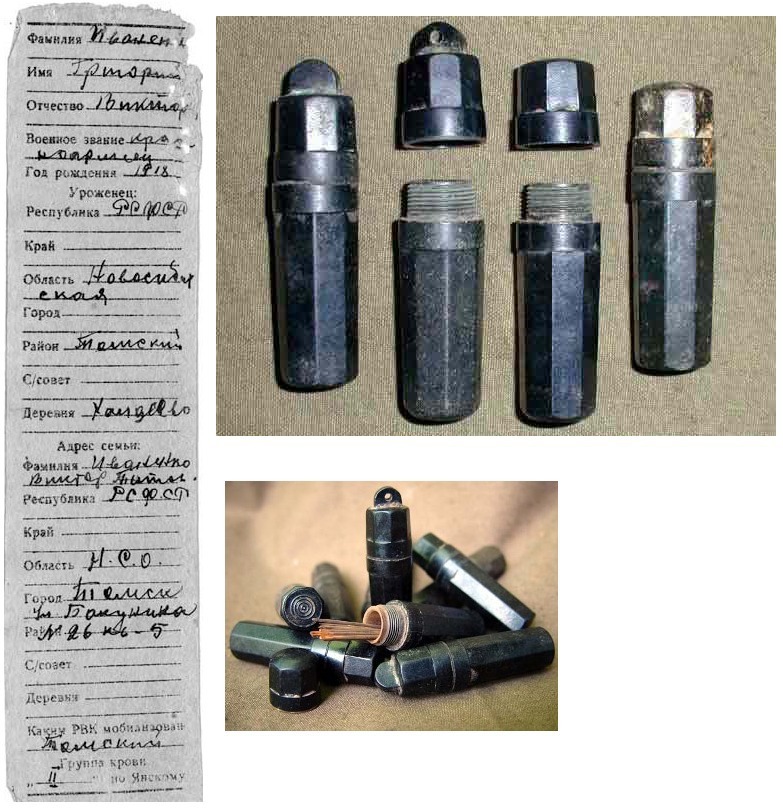
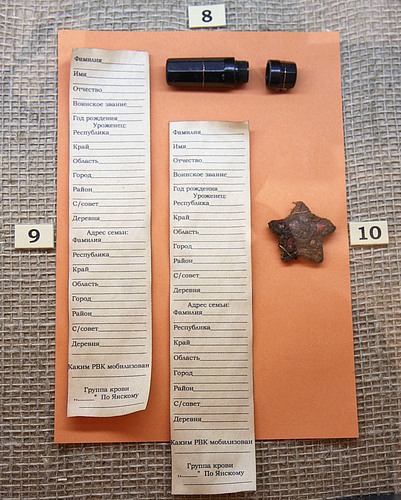
The medallion consisted of a black ebonite hexagonal threaded capsule, an ebonite screw cap and a double paper insert. Dimensions: length (with screw cap) — 50 mm, width (largest along the edges) — 14 mm, inner diameter — 8 mm. Inner dimensions 40×180 mm. Inside were two identical forms: one of which was to be seized by the funeral team, and the other remained in the medallion with the body. Although in reality, in the conditions of hostilities, this requirement was not met. Оften the medallion was seized entirely. In addition, due to shortages, soldiers were often given only one copy of the form.
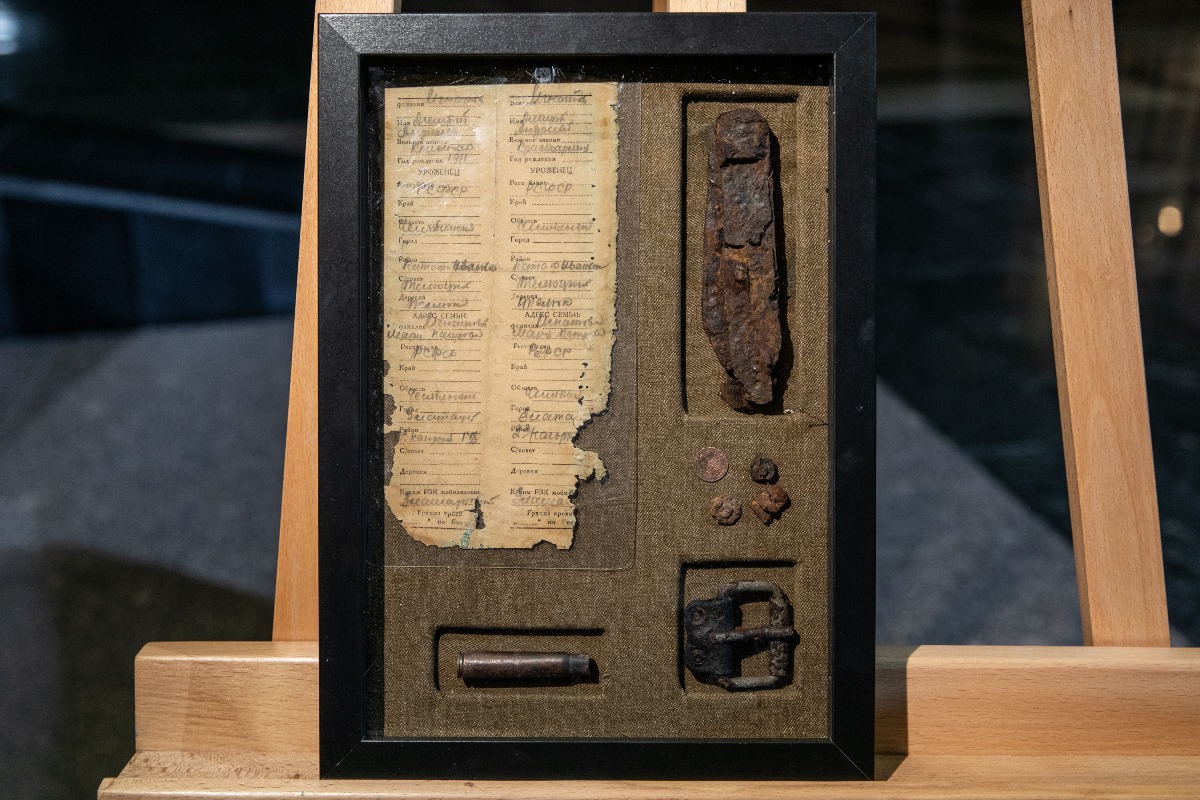
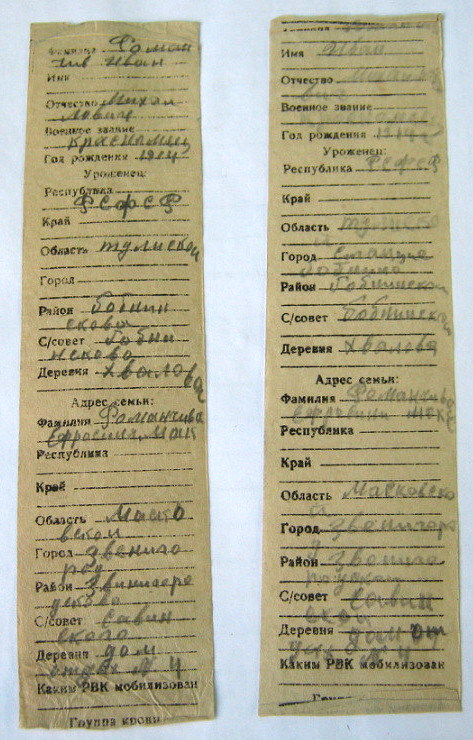
On the form of the medallion in two copies were reflected:
- last name, first name, patronymic;
- year of birth;
- rank;
- birth - a republic, region, city, district, village council, village;
- conscription office;
- family data: address with the same columns as birth, full name of wife or a relative;
- blood group according to the classification of the Czech doctor Jan Jansky (from I to IV).
Printing houses could not cope with the required volume of printing forms in accordance with the Regulations of 1941, and therefore sometimes with the remains of fighters in ebonite capsules you can find old-style forms of 1925 or non-standard notes.
Until the appearance of soldiers' books in the fall of 1941, cases with a note inside were the only document that personalized a soldier. In November 1942 such cases where removed from supplies of the Red Army. It was probably decided not to duplicate the information from the Red Army book introduced in November 1941.
Sources: soldat.ru, bryanskfront, pobedarf.ru, broneboy.ru.










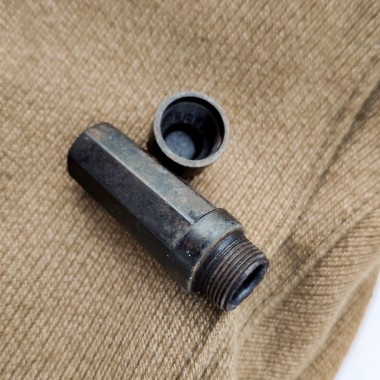






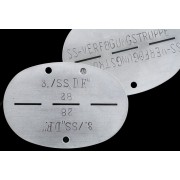
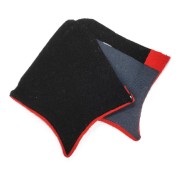
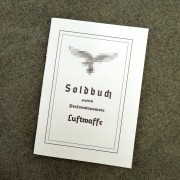
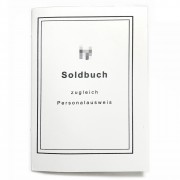
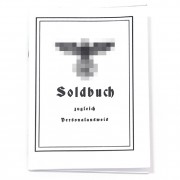
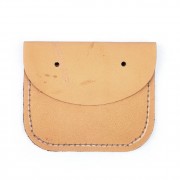
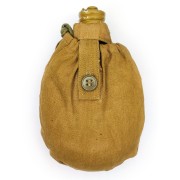
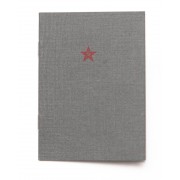
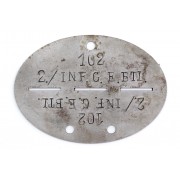
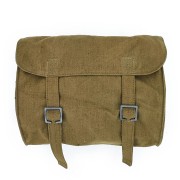
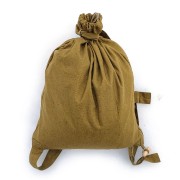
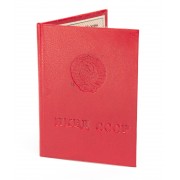
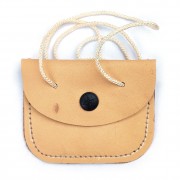

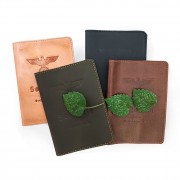


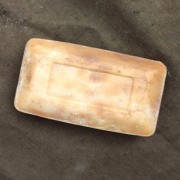
![[on order] NKVD USSR certificate of the commander of the border troops and internal troops [on order] NKVD USSR certificate of the commander of the border troops and internal troops](https://reenact.store/image/cache/fe1e04f48b67b570955cd43538a347f8.jpg)
![[on order] USSR sertificate of the commanding staff [on order] USSR sertificate of the commanding staff](https://reenact.store/image/cache/196be7017af23e229b58df63fc44d965.jpg)
![[on order] Certificate of Commander of the Navy of the USSR [on order] Certificate of Commander of the Navy of the USSR](https://reenact.store/image/cache/8e8c12136bc97540790e7b2d10ddc703.jpg)
![[on order] Star with hammer and plow [on order] Star with hammer and plow](https://reenact.store/image/cache/6f9ccdd2397bd0cc7d0c9308c8786a7f.jpg)
